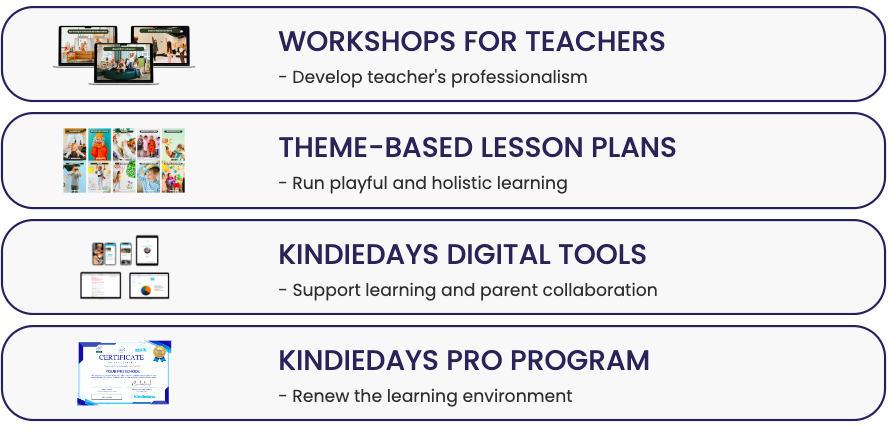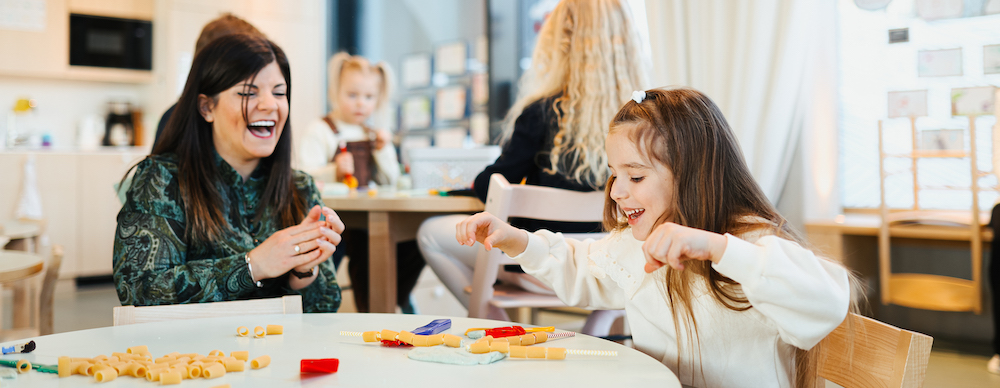The beginning of a new school year offers an opportunity to assess how the classrooms support children’s learning. A great learning environment for children has to provide activities for the whole child's development - for example, social, linguistic, physical, and cognitive development. Therefore, it is not indifferent to how the learning environments/play areas are constructed.
How do we make different play areas visible and interesting?
A classroom should have several different play areas where children can learn, practice, investigate, and, of course, play. It is a good idea to build play areas so that at a glance, you can already see what the point of each one is.
Make the play areas more visible. You can use different types of pictures on the wall and floor. For example, in the car play area, you can use black masking tape on the floor to make roads for the cars, hang pictures of different types of cars and vehicles on the wall, and so on. For animal play, you can use plastic grass on the shelves for animals to walk on, make fences for animals with colorful masking tape on the floor, and again put pictures of different types of animals on the wall near the animal play area.
Toys should be located so that children can easily see and reach them. Toy boxes can be see-through, or if not, the toy boxes should have a picture of the toys that belong in that box. This also makes cleaning the toys much easier - every toy has its own box where it belongs! Cars go to the car box, blocks go to their own box, and so on... When toys are nicely arranged and cared for, children also learn to appreciate the toys and play areas more. It is important that teachers show examples of how to play together with peers and how to clean after playtime is over.
Arranging learning areas by their type
Each learning or play area should be clearly defined by boundaries that separate it from the other areas. The boundary can be anything visible enough for children to understand the limits of the play area, such as low-storage shelves, bulletin boards, tables, chairs, carpets, or even colorful masking tape on the floor.
Similar learning areas should be located close to each other. For example, the library and writing area need quiet space so they can be near each other. On the other hand, the block area and role-play area need more space and allow children to play louder.
Some play areas can be "theme-based" so that they change over time according to the learning theme. For example, if children are learning about farm animals, you could have farm animal play in the classroom, enhanced with pictures, related books, and other little props.
Types of different play areas

.png)


.png)
.png)